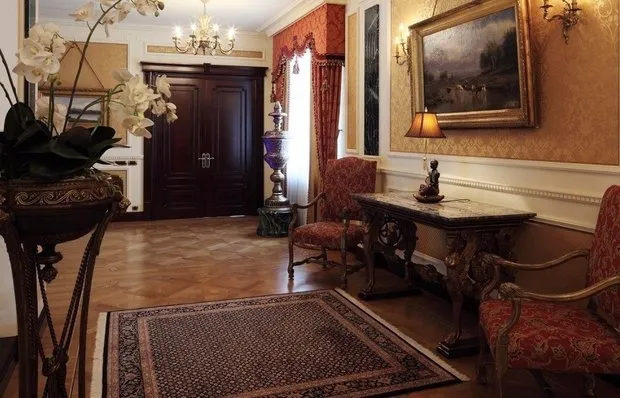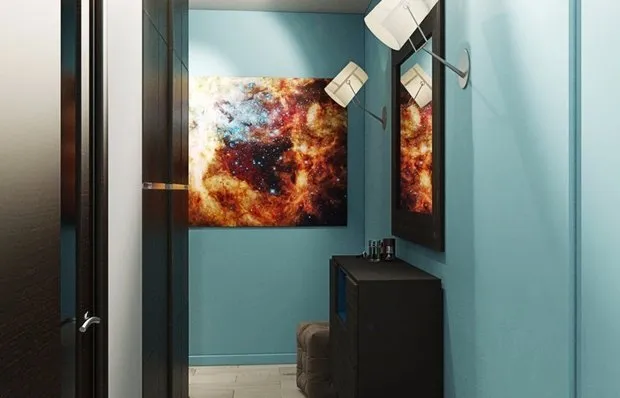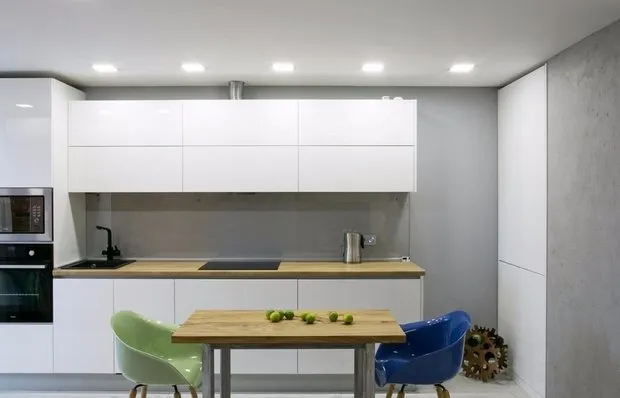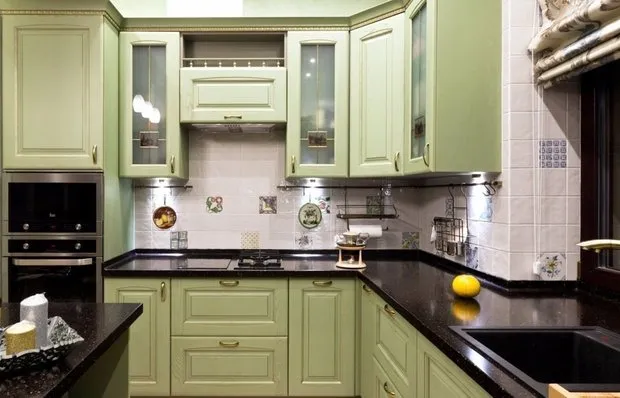There can be your advertisement
300x150
How to Make Soundproofing in an Apartment: 7 Rules
Our expert explains what you can do with «cardboard» walls and excessive noise in an apartment
Andrey Lyamin-Borodin shares tips in case you're unlucky with noisy neighbors or the designers didn't consider soundproofing issues in your building.
Andrey Lyamin-Borodin EXPERT General Director of the online repair service Rewedo.
1. Identify the Source of the Problem
In a multi-apartment building, you can suffer from both impact and airborne noise. Impact noise is more likely (but not necessarily) from neighbors above. These are sounds of footsteps, objects falling on the floor, moving furniture. Airborne noise includes voices, music, barking dogs. This kind of noise can spread not only from adjacent apartments but also through floors or even diagonally.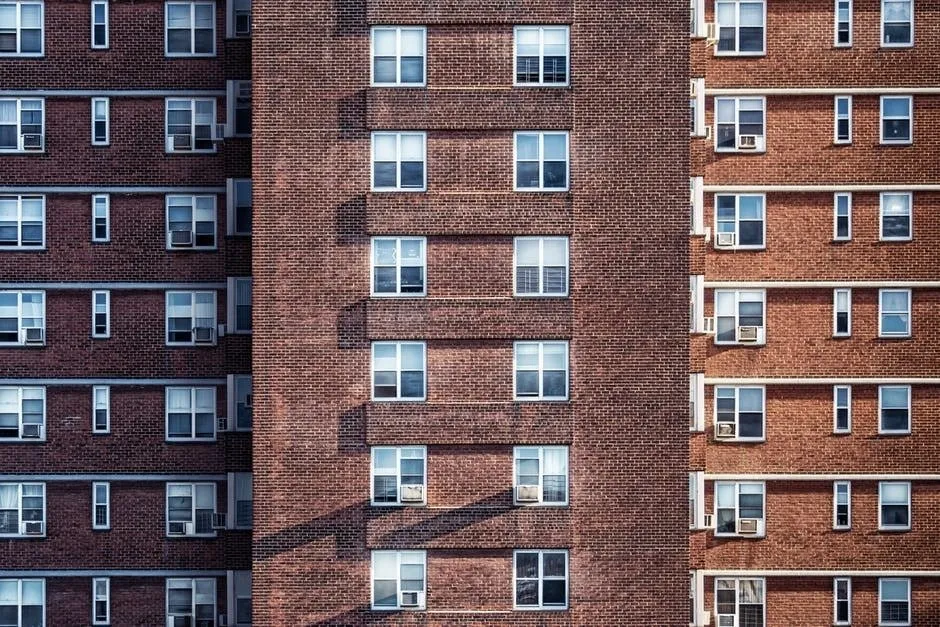 2. Eliminate Sound Bridges
2. Eliminate Sound Bridges
Sound propagation is aided by so-called sound bridges: cracks in walls, through-wall sockets, metal pipes of radiators, built-in ceiling lights, speakers, curtain niches. You can remove these channels.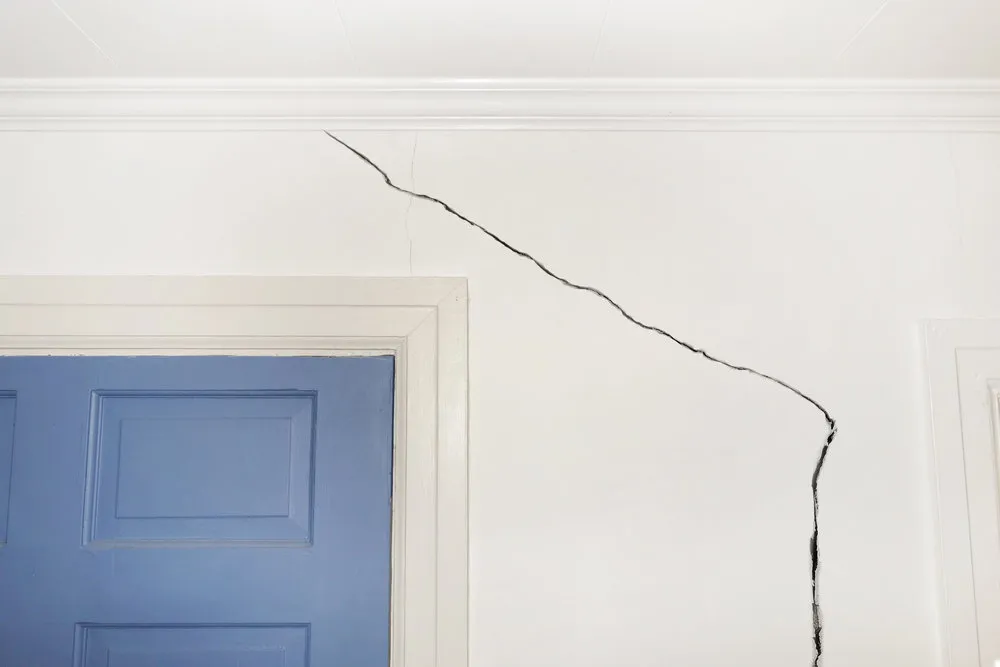 3. Act Comprehensively
3. Act Comprehensively
Soundproofing a single wall or ceiling may not be enough. For example, if you soundproof the ceiling but sound bridges remain in the walls, noise levels will decrease but not disappear completely. Or neighbors may no longer hear you, but you will still hear them perfectly.
In complex cases, you must soundproof all surfaces: floor, ceiling, walls. However, in this case, the cost of this item in the estimate may surprise you unpleasantly. Additionally, you will have to sacrifice some room area.
4. Floor or Ceiling?
To protect yourself from impact noise, you should soundproof the floor of neighbors above. This option is easiest to implement in new construction where residents are simultaneously renovating their apartments and there's a chance to «get in» with the neighbors' repair.
Soundproofing your own ceiling at similar costs is much less effective: neighbor's movie viewings won't bother you anymore, but footstep noise will still be audible.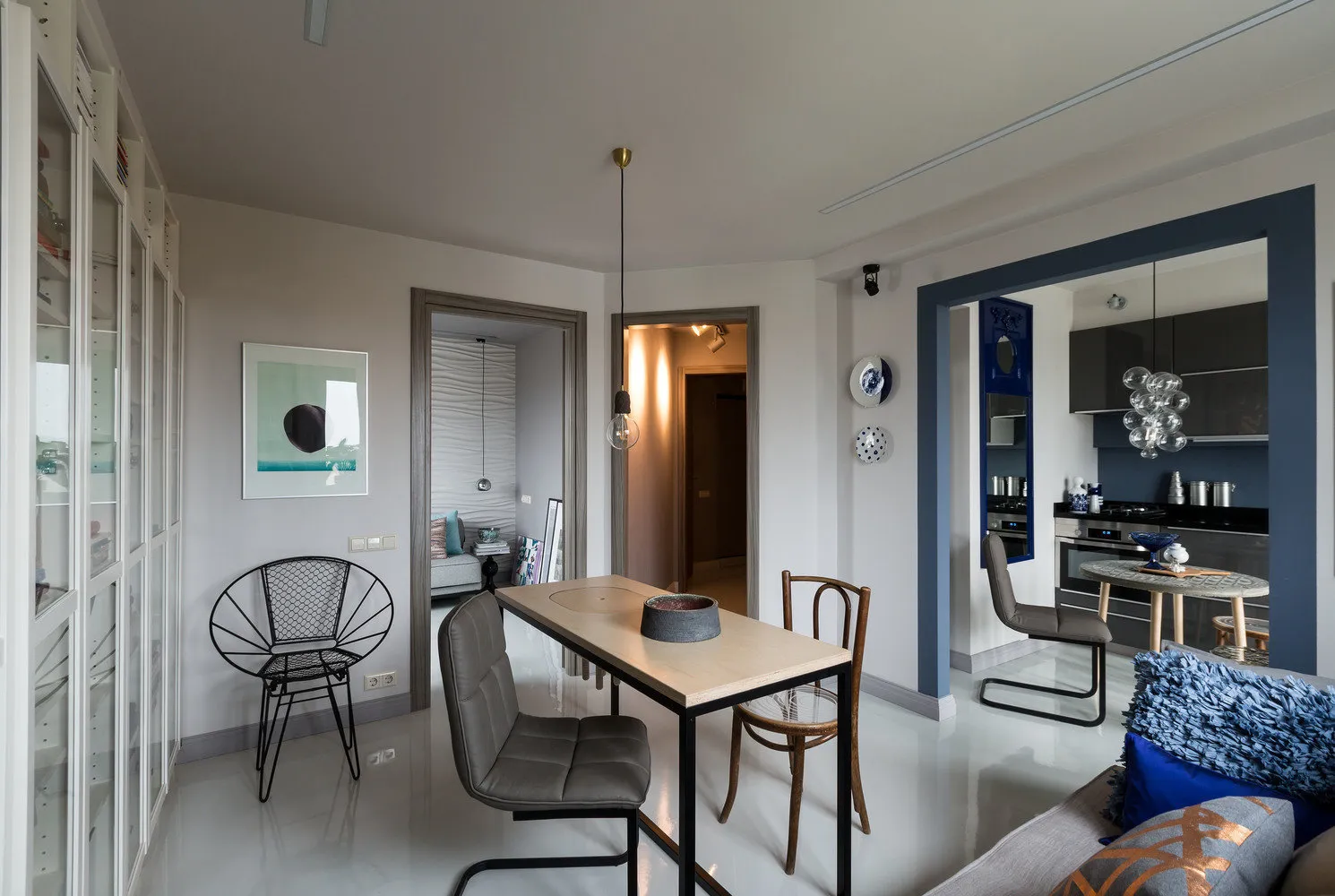 Design: Irina Krascheninnikova
Design: Irina Krascheninnikova
5. Thermal Insulation Is Not Enough
Do not rely on the soundproofing properties of mineral wool, polystyrene foam, and other insulators. While they perform their main function, they can provide minimal soundproofing effect.
6. Absorb Rather Than Isolate
Sound absorption is the reduction of noise levels, which can be achieved using specific finishing materials and decor. Any rough or ribbed surfaces have sound-absorbing properties. For walls, textured wallpapers, decorative plaster, dense textiles can be used; for floors, cork and carpets.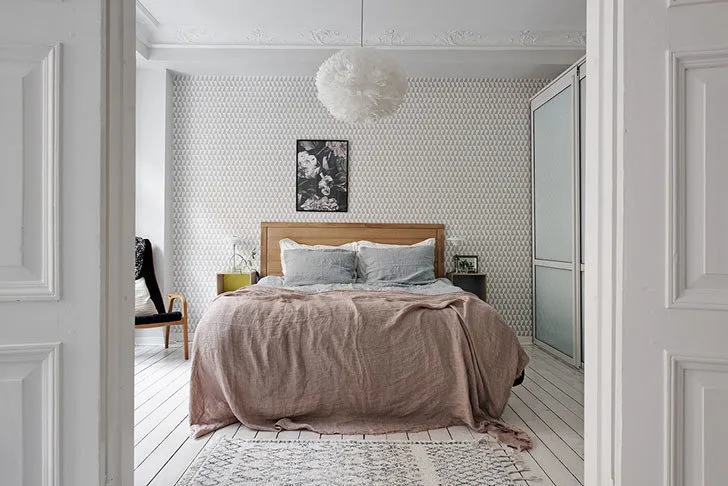 7. Consider All Specifics
7. Consider All Specifics
There are many materials, and there are no universal solutions. Do not choose soundproofing at random. Consider the type of building structure, wall thickness and material, nature of the noise, and desired level of soundproofing. Ideally, you should use not just one material but a «sandwich» of three or more components.
Read also:
- How to Reduce Noise in an Apartment: 10 Useful Tips
- 6 Effects That Can Be Achieved with Plaster
- How to Control Renovation at Different Stages: Tips from Professionals



